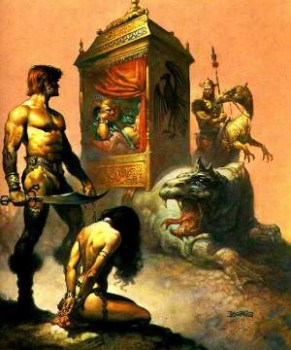WISCON SATURDAY: In Which We Encounter Monsters, Tacos, Traveling Fates & Faerieland
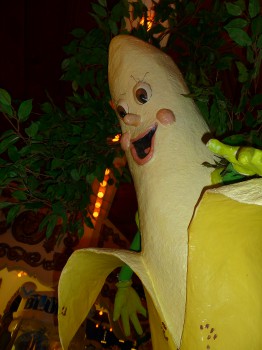
The Pre-Raphaelite Sisterhood woke with much gusto. A puppy pile was had, as was a deliciously free, Con-Suite breakfast. There was a random, rather interruptive child building a trebuchet at the table. Sadly, the trebuchet didn’t work.
[The Critic suggests that you never attempt to give C.S.E. Cooney a banana at breakfast or otherwise. She has a mild anger at bananas.]
Overlord O’Neill went down to the dealers’ room. His Saturday activities included zapping book mites with a nano-taser, shouting to all and any of the merits of Black Gate and entertaining Bradley P. Beaulieu, the author of The Winds of Khalakovo. Yes, dear reader, there were so many authors at WisCon you couldn’t itch your back without knocking one off your shoulder.

While O’Neill was go-go dancing and having the Drexler-Smalley debate with those that walked by, C.S.E. Cooney and I attended Monsters!, a panel exploring the fascination of anomalous villains, led by David Peterson, P.C. Hodgell, Richard S. Russell and Tuppence.
What is the definition of a monster and how has it changed throughout history? The general consensus was that a monster is that which is unexplainable, unnatural, uncontrollable and has no culture.
 Today’s monsters usually cause psychological discomfort, whereas Medieval monsters were more of a spiritual bane.
Today’s monsters usually cause psychological discomfort, whereas Medieval monsters were more of a spiritual bane.
Extending the question to who can be a monster, the experiments of Stanley Milgram and Solomon Asch were examined. Two continually referenced texts were On Monsters by Stephen T. Asma and The Monsters by Dorothy and Thomas Hoobler.
 Meanwhile, Katie Redding attended the Human, Cyborg or Just Another Robot? panel that, well, I refuse to talk about. We are not convinced that our Ms. K. is all that she used to be. In fact, we think she is more. There was a mech-hole in her noggin, (think Terminator 2 where they unscrew the back of Arnold’s head) and now she can lift mid-sized sedans and calculate large sums quicker than Rain Man.
Meanwhile, Katie Redding attended the Human, Cyborg or Just Another Robot? panel that, well, I refuse to talk about. We are not convinced that our Ms. K. is all that she used to be. In fact, we think she is more. There was a mech-hole in her noggin, (think Terminator 2 where they unscrew the back of Arnold’s head) and now she can lift mid-sized sedans and calculate large sums quicker than Rain Man.
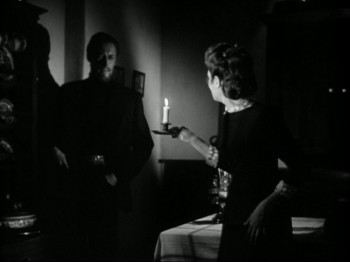
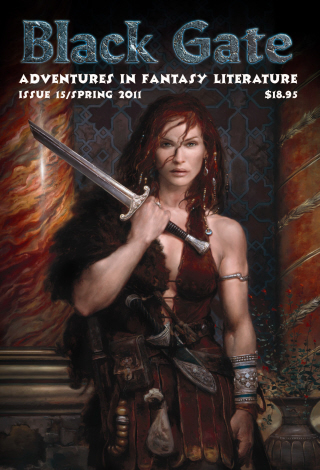

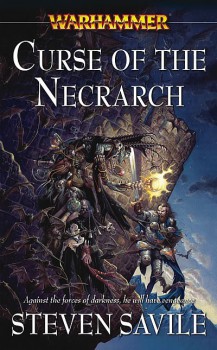 Curse of the Necrarch
Curse of the Necrarch